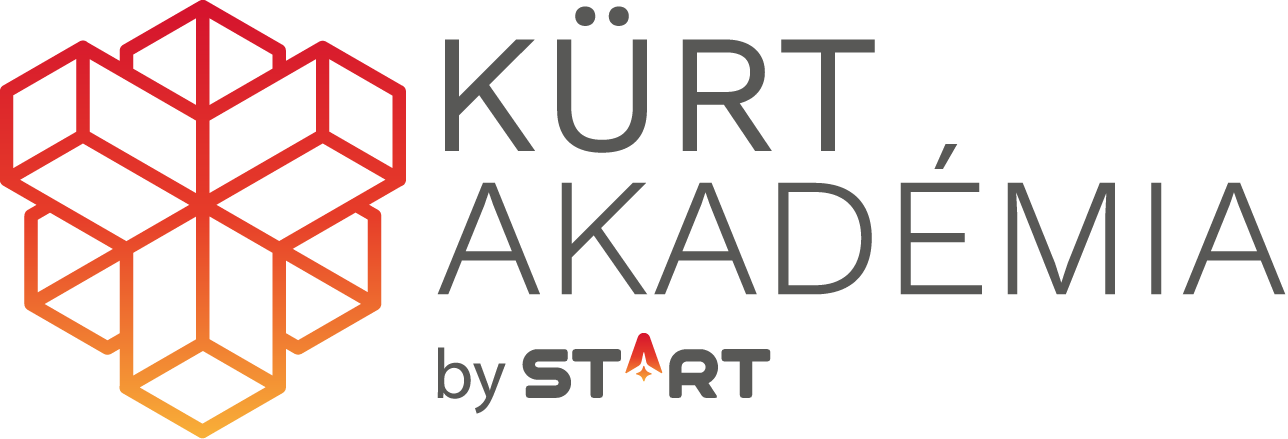Scaled Agile
What does Scaled Agile mean?
Scaled Agile is a corporate operating model and culture in the organization that defines the structure and activities of the organization based on LEAN, along understanding customer needs and serving them with maximum efficiency and flexibility. It achieves this by integrating continuous learning and transformation, ensuring synergies from collaboration based on corporate values and strategy.
What is the purpose of Scaled Agile?
Scaled Agile can be achieved by several frameworks or by mixing elements of these frameworks. Its main objective is to ensure that the company's structure, processes and culture are always aligned with the strategy, ensuring the ability to constantly change to serve customer needs.
What are its main characteristics?
Scaled Agile is more than just a pool of Agile delivery teams operating simultaneously. Its elements include the continuous review of the delivery teams, the products they collectively deliver, the conscious management of the 'customer solutions' built from the products, the active management of the development project portfolio, and the adoption of organizational learning and leadership by example. An important concept in Scaled Agile is the value chain, which encapsulates all the activities, resources and modes of operation required to satisfy a customer need.
What can we expect from it?
Scaled Agile radically reshapes the operation, efficiency and tool system of previously isolated and segmented organizations operating according to their own goals by prioritizing action plans and expectations from any area of the company based on a common goal and allocating resources based on this ranking, i.e. the entire company operation is subordinated to its common goals.
What are the main steps?
-
1. Preparation: Identifying the primary problems and dilemmas for which we want to use this approach and solution system. Mapping owner and management motivations and expectations.
2. Attitude change for senior management and mentored practical experience acquisition on own projects for managers and experts, who will take responsibility for the subsequent transformation.
3. Preparation and support of the managers participating in the transformation from business, cultural, structural and methodological aspects in the detailed understanding of the current situation, in outlining the end state, in planning and carrying out the change.
TYPICAL QUESTIONS
- How much is it just a template, to be followed?
Guidance can be provided by the frameworks, and the specific application of the elements selected from these will ensure effectiveness. - How can previously completely separate activities be reconciled?
The biggest learning compared to the previous isolated operation is that there are indeed relevant and less relevant endeavors based on common (corporate) objectives, and prioritizing these appropriately will greatly improve efficiency by avoiding disconnections and duplication. - How will this help?
The key to success is the ability to learn across the whole company, openness to the needs of other areas and participation in the company's activities motivated by common goals.
WHO CHOSE US
-




Magyar Telekom







